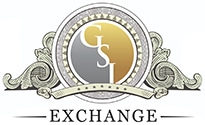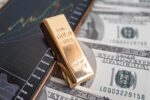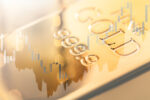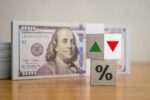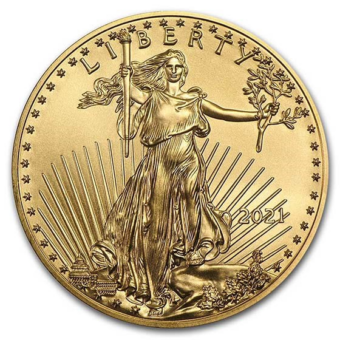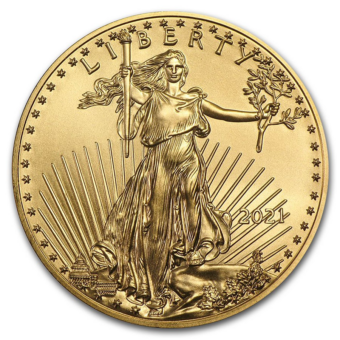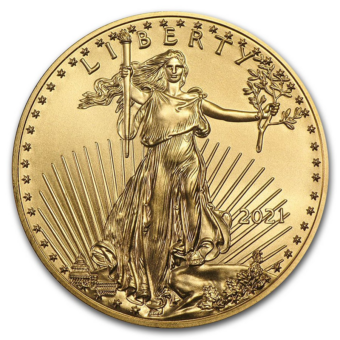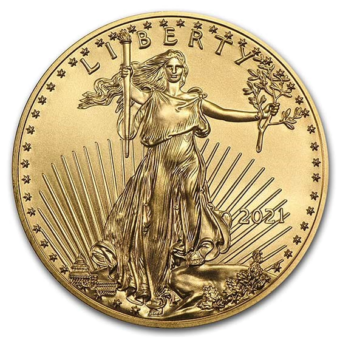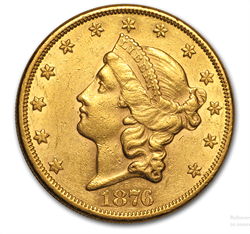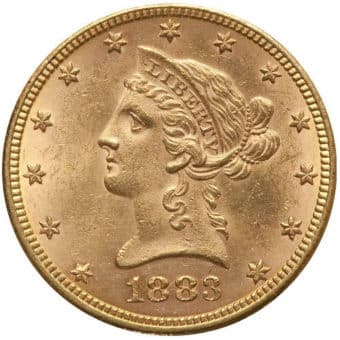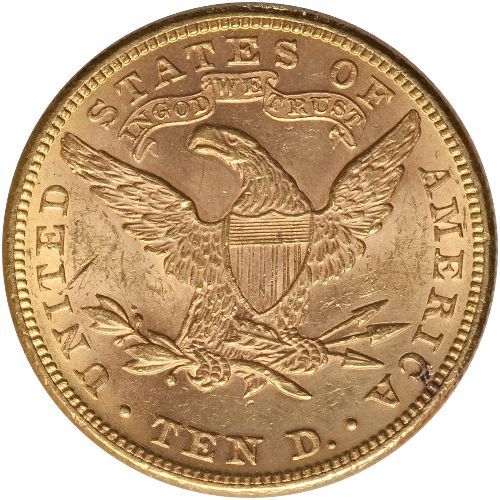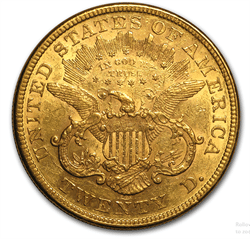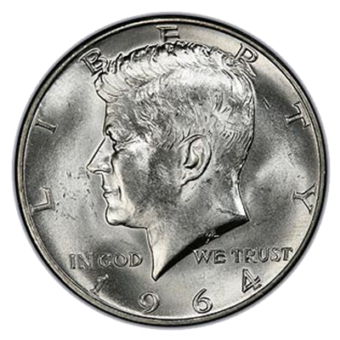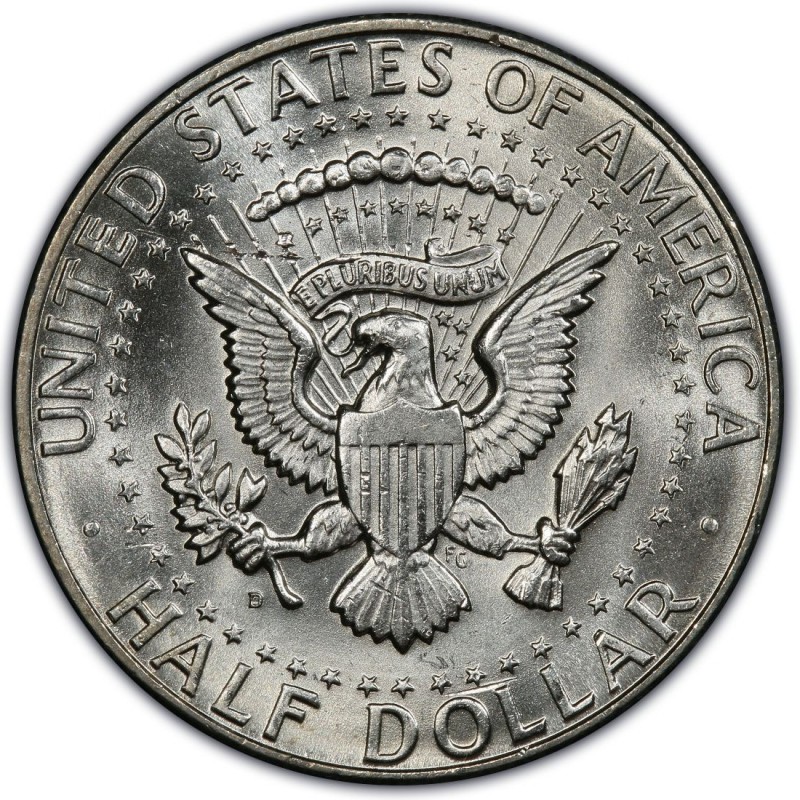Last Week’s Market Action
Monday - 2.05.24: Gold and silver prices have declined significantly in early Monday trading amid a broad market downturn, including a major drop in the Chinese stock market, with gold falling to $2017.39 and silver to $22.37. Criticism has been aimed at the Federal Reserve for its decision to set an interest rate floor on Bank Term Funding Program (BTFP) loans, which, while aiming to prevent arbitrage benefiting large banks, has inadvertently increased borrowing costs for regional banks. This policy shift risks pushing these smaller banks towards insolvency, highlighting a disadvantage that could amplify financial vulnerabilities and potentially consolidate financial power among larger banks.
Tuesday - 2.06.24: Gold and silver markets showed a muted performance, with minor adjustments in prices reflecting cautious investor sentiment. Gold prices lingered close to their lowest in nearly two weeks, recorded at $2,023.42 per ounce, amid a firmer dollar and elevated Treasury yields, which dampened the anticipation of aggressive rate cuts by the US Federal Reserve. Similarly, silver prices witnessed a slight decrease to $22.33 per ounce. This cautious trading behavior in precious metals is indicative of traders adjusting their expectations based on global economic signals and central bank policies, which in turn influences the demand for these metals as safe-haven assets.
Wednesday - 2.07.24: Gold prices are stable, with early trading showing gold at $2028.51. In response to economic uncertainties and a declining property market, notably impacted by developer failures like Evergrande, Chinese households are increasingly investing in gold, viewing it as a secure alternative amidst falling stock prices and low yields on traditional investments. This shift has led to a rise in gold purchases, supported by the People’s Bank of China's consistent buying and the broader global political climate. The growing demand is evident from the premium of Shanghai gold prices over international rates and a spike in gold imports, marking a significant pivot towards gold in China's investment landscape.
Thursday - 2.08.24: Gold prices remain stable in early Wednesday trading, with gold at $2036.80 and silver at $22.36. An open letter from executives of silver mining companies advocates for silver to be recognized as a critical mineral in Canada, highlighting its importance in electronics, renewable energy, and nuclear applications, especially with the commitment to triple nuclear energy by 2050 at COP28. The letter emphasizes silver's vital role and its potential supply risks, urging alignment with global critical mineral standards to secure its strategic value in future technologies and international relations.
Friday- 2.09.24: Gold prices dipped to $2033.67, reflecting ongoing market challenges and stagnant U.S. job data, while silver prices rose to $22.53. January saw a significant $2.8 billion drop in global gold-backed ETF values, with 51 tonnes leaving the funds, marking the eighth month of reductions, primarily in North America. This trend led to the lowest North American ETF holdings in four years, at 1,606 tonnes. In contrast, Asian ETFs saw increased interest as investors sought safe havens amid falling local stocks and a weaker currency, highlighting divergent global investor sentiments towards gold.
UBS Forecasts Gold to Reach $2,200 and Predicts Dramatic Outperformance for Silver in 2024
UBS anticipates further climbs in gold and silver prices in 2024, driven by expectations of interest rate cuts by the U.S. Federal Reserve. With gold poised to hit $2,200 per ounce by year-end, the precious metal's appeal is bolstered by the inverse relationship between gold prices and interest rates, as lower rates make gold more attractive relative to alternative investments like bonds. Additionally, silver is primed to shine, benefiting from its potential to outperform gold amid a Fed easing. While silver has historically lagged behind gold, UBS predicts a dramatic reversal, attributing silver's underperformance to its lesser role as a geopolitical safe haven compared to gold. As the Fed's easing unfolds, silver is expected to catch up and potentially outstrip gold's gains, with silver's performance closely linked to the broader economy due to its extensive industrial applications.
Banking Sector Braces for Real Estate Crisis as Looming Expiry of Fed's Bank Term Funding Program
Amid Moody's downgrade of New York Community Bancorp to junk status and subsequent sell-offs in regional bank stocks, concerns mount over the distressed commercial real estate sector in the United States, compounded by the impending expiration of crucial financial support measures. N.Y.C.B.'s plummeting shares, driven by exposure to deteriorating commercial real estate loans, signal broader anxieties within the banking industry, with the KBW Nasdaq Regional Banking Index experiencing a significant decline. Factors such as plunging office occupancy rates and impending maturity of $1.5 trillion in commercial real estate loans exacerbate the risk for lenders, particularly U.S. regional banks. While officials downplay the likelihood of a widespread crisis, the impending cessation of the Fed's Bank Term Funding Program raises apprehensions about the sector's resilience. Moreover, European and Asian banks face similar challenges, with shares of institutions like Aozora Bank and Julius Baer declining amidst disclosures of risks from souring commercial real estate loans. Despite warnings, some European banks have increased exposure to the U.S. real estate debt market, underscoring the global ramifications of the looming crisis.
Silver Poised for Remarkable Surge, Predicted to Reach Decade-High Amidst Strong Industrial Demand and Economic Recovery
The Silver Institute forecasts a bullish trajectory for silver in 2024, with global demand anticipated to hit 1.2 billion ounces, the second-highest level on record, driven primarily by increased industrial offtake and a resurgence in consumer electronics. Executive Director Michael DiRienzo projects silver prices to soar to $30 per ounce, marking a 10-year high, as the white metal gains traction amidst a projected recovery in jewelry purchases, particularly in India, and a rebound in consumer electronics. Despite potential short-term challenges like a slowing Chinese economy and uncertain U.S. interest rate cuts, market sentiment remains optimistic, especially in anticipation of a second-half 2024 Federal Reserve rate cut. Silver's unique position as both an industrial commodity and a precious metal presents an opportunity for it to outshine gold, with historical trends suggesting silver's tendency to outperform during periods of economic expansion. As gold prices soar, silver is poised to follow suit, possibly reaching the $50 mark, as the gold-silver ratio remains favorable for silver investment.
BRICS Surpasses $45 Trillion in Combined Wealth as Saudi Arabia Joins Economic Alliance
Following Saudi Arabia's entry into the BRICS alliance, the collective wealth of the group has surged to over $45 trillion, marking a significant milestone in the bloc's expansion and economic prowess. With the addition of five new countries, including the United Arab Emirates, Egypt, Iran, and Ethiopia, BRICS has not only bolstered its economic strength but also surpassed the G7 in terms of combined wealth. This expansion has led to an increase in overall global GDP and a greater share of global oil production, further solidifying BRICS' position as a formidable economic force on the world stage. Additionally, the inclusion of Saudi Arabia signals potential for enhanced de-dollarization efforts, with the alliance poised to lead global economic developments and reduce reliance on the US dollar. As the millionaire population within BRICS nations is projected to soar, Saudi Arabia's alignment with the alliance could pave the way for even greater economic cooperation and influence in the years to come.
Gold Trade Set for Rapid Surge as Metal Hits $2,100
Adrian Day, chairman and CEO of Adrian Day Asset Management, predicts a swift return to the gold trade should the metal reach $2,100 per ounce, citing its historical resilience during recessions. Speaking at the Vancouver Resource Investment Conference 2024, Day emphasized the positive performance of gold and gold stocks amid economic downturns, highlighting their notable gains, often surpassing 200%, during previous recessions dating back to the 1960s. Despite recent anomalies where gold emerged as the sole strong performer among precious metal assets, buoyed by central bank buying, Day remains confident in gold's prospects, particularly in the event of an interest rate cut by the Federal Reserve. While expressing concern over the weakness in equity markets and its impact on junior resource companies' financing, Day identified supply shortages in metals like copper, signaling a bullish outlook for copper prices. However, he noted challenges faced by junior exploration stocks amidst subdued equity markets, indicating an opportunity for royalty and streaming companies amid the current financing landscape. With expectations of a resurgence in gold interest and a potentially tight copper supply, Day's insights underscore the evolving dynamics within the commodities market.
New York Fed Warns of Financial Stress as Credit Card Delinquencies Surge Over 50% in 2023
The New York Federal Reserve's report reveals alarming statistics as credit card delinquencies surged by over 50% in 2023, coinciding with a significant rise in total consumer debt to $17.5 trillion. Debt transitioning into "serious delinquency," particularly in credit cards, witnessed a substantial increase, reaching 6.4% by the fourth quarter, indicating heightened financial stress among younger and lower-income households. While delinquency levels rose across various loan categories, including mortgages and auto loans, student loan delinquencies saw a decrease. Despite total debt rising in line with pre-pandemic levels, credit card debt soared by 14.5% annually, exacerbated by Federal Reserve interest rate hikes. As borrowers face higher interest rates, concerns arise regarding the potential for a self-reinforcing credit crunch, especially if economic growth falters. With rising delinquency rates amidst an expanding economy, economists warn of the possibility of a deeper downturn should unemployment rise rapidly. Despite efforts such as student loan forgiveness initiatives by President Joe Biden, the looming threat of financial strain underscores the need for continued vigilance in monitoring debt dynamics.
Bitcoin Surges 3% as ETF Demand Overrides 'Sell the News' Sentiment, Propelled by BlackRock and Fidelity Investments
Bitcoin experienced a notable surge amidst diminishing 'sell the news' sentiment following the launch of multiple spot Bitcoin exchange-traded funds (ETFs), with increasing inflows from institutional giants BlackRock and Fidelity fueling demand. Director of Derivatives at Amberdata, Gred Magadini, highlighted the positive impact of ETF flows, noting a significant decrease in outflows from Grayscale Bitcoin Trust (GBTC) and heightened inflows into other ETF symbols. The stabilizing market and reduced volatility in Bitcoin spot market flows indicate favorable conditions for Bitcoin's recent rally, maintaining momentum towards $45,600 resistance levels. Analysts attribute the recent price surge to a reduction in GBTC outflows, strong performance in US equities, and robust interest in Bitcoin and Ethereum accumulation strategies. Altcoins also benefited from Bitcoin's upward momentum, with tokens like Dymension (DYM) and BitTorrent (BTT) recording significant gains amidst a generally positive market sentiment.
Coinbase Study Reveals Americans Turn to Blockchain Amidst Soaring Inflation and Fees
As inflation and transaction fees surge, more Americans are turning to cryptocurrency, driven by frustrations with the traditional financial system's high costs. Coinbase highlights blockchain's potential to save billions in credit card fees annually, particularly appealing to younger generations accustomed to internet speed and borderless transactions. Beyond cost savings, blockchain enables near-instant payments, payroll processing, and loan approvals, benefiting those underserved by traditional banks. Cryptocurrency wallets offer a simple, free alternative to cumbersome bank accounts, while decentralized finance (DeFi) platforms provide accessible loan options, fostering wealth-building opportunities. Stablecoins like USDC offer stability in unstable economies, facilitating cross-border transactions. The rising adoption of stablecoins reflects a growing demand for alternative financial solutions, signaling a shift toward decentralized finance.
Gold's January Stall Amid Geopolitical Winds: WGC Forecasts Supportive Factors for 2024
Gold prices experienced a setback in January, relinquishing gains from late 2023 despite strong seasonal patterns, as noted by the World Gold Council (WGC). Factors contributing to this decline included global gold ETF outflows, a reduction in COMEX futures net longs, and the impact of higher Treasury yields and a strengthening US dollar due to unexpected economic strength. Looking forward, the WGC anticipates support for gold prices from geopolitical tensions such as those in the Red Sea, uncertainties surrounding elections, and potential rate cuts. While initial rate cuts historically have not been significant catalysts for gold rallies, broader economic indicators such as financial market conditions, labor costs, rental rates, and geopolitical tensions could influence the Federal Reserve's policy decisions and consequently affect gold prices. Despite potential headwinds like rising bond yields, gold may find support amidst market volatility and geopolitical uncertainty, making it an asset of interest for investors seeking stability amidst global economic fluctuations.
Next Week’s Key Events
Monday, Feb. 12
No reports scheduled.
Tuesday, Feb. 13
● 8:30 am: Consumer Price Index (Jan).
Wednesday, Feb. 14
No reports scheduled.
Thursday, Feb. 15
● 8:30 am: Initial Jobless Claims (Feb. 3)
● 8:30 am: Empire State Manufacturing Survey (Feb.)
● 8:30 am: Philadelphia Fed Manufacturing Survey (Feb.)
● 8:30 am: U.S. Retail Sales (Jan.)
● 9:15 am: Industrial Production and Capacity Utilization (Jan.)
Friday, Feb. 16
● 8:30 am: Housing Starts (Jan.)
● 8:30 am: Producer Price Index (Jan.)
● 10:00 am: Consumer Sentiment (prelim) (Feb.)
IMPACT ON GOLD AND SILVER MARKETS:
Consumer Price Index (CPI)
An increase in CPI indicates inflation, which could lead to higher gold and silver prices as these metals are often seen as hedges against inflation.
Initial Jobless Claims
Higher jobless claims can signal economic weakness, potentially boosting gold and silver as safe-haven assets. Conversely, lower claims may strengthen the economy and reduce their appeal.
Empire State Manufacturing Survey & Philadelphia Fed Manufacturing Survey
Indications of manufacturing growth can strengthen the economy, potentially reducing demand for gold and silver as safe havens. Conversely, weak manufacturing data can increase their appeal.
U.S. Retail Sales
Strong retail sales suggest a robust economy, which might decrease gold and silver attractiveness as safe havens. Weak sales data could have the opposite effect, increasing demand for these metals.
Industrial Production and Capacity Utilization
Higher industrial production and capacity utilization indicate economic strength, potentially diminishing gold and silver's appeal. Lower figures could increase their appeal as safe-haven assets.
Housing Starts
An increase in housing starts signals economic strength and could decrease demand for gold and silver. A decrease, however, may indicate economic weakness, potentially increasing their appeal.
Producer Price Index (PPI)
Like the CPI, an increase in PPI suggests inflation, potentially raising gold and silver prices as they are considered hedges against inflation.
Consumer Sentiment
Higher consumer sentiment reflects confidence in the economy, possibly decreasing demand for gold and silver. Lower sentiment can lead to increased demand for these metals as safe havens.
